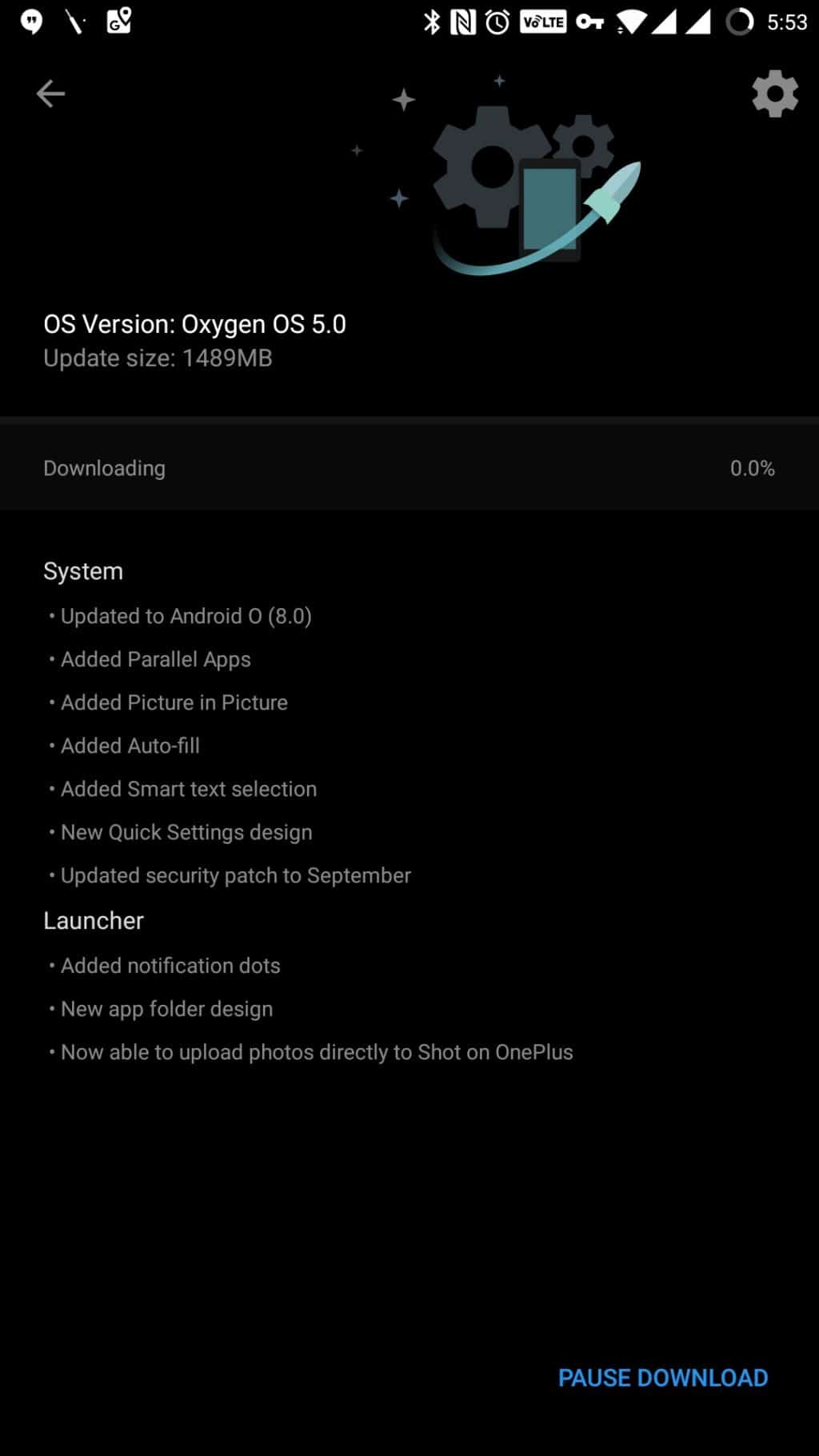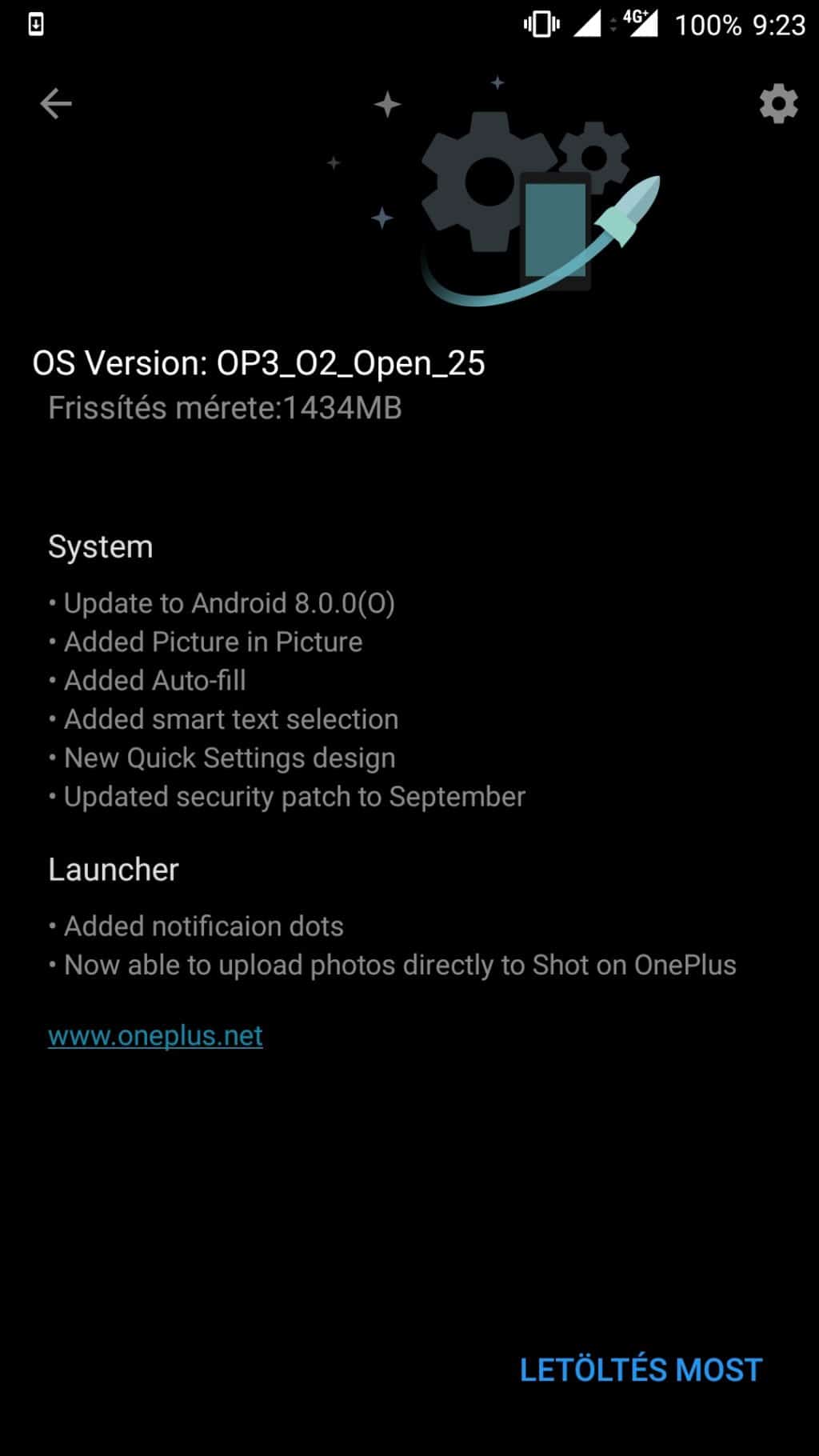
The original review of the OnePlus 3 from AnandTech stirred quite a controversy because the reputed publication called the 5.5-inch Optic AMOLED display on the handset highly inaccurate and even compared it to the AMOLED panel found on the original Galaxy S. Due to the criticism that followed, OnePlus promised that they would add an sRGB mode for the display in the next OxygenOS update.
While the company is yet to roll out the update, it has provided the upcoming update to the team at AnandTech. With the OTA update installed and the hidden sRGB mode enabled, this is what the publication had to say about the display:
To say that OnePlus’s new sRGB mode provides a substantial improvement in display accuracy would be an understatement. The display has gone from being the most inaccurate display that I’ve seen in years, to being among the most accurate displays that we have on record. Gone is the ghastly blue shift, and even in the standard display mode OnePlus has toned that down significantly. The gamut matches sRGB very well, and both greyscale and color reproduction is right on target.
The OnePlus 3 was already a great phone to begin with, and while much has been written about its display, at default settings it was just about fine. Yes, the colors were a bit inaccurate, but the heavy criticism that OnePlus has received over it was completely unwarranted. The company, however, is doing the right thing by including an sRGB mode for the display with the next Oxygen OS update that should stop people from complaining about it.
[Via AnandTech]
















